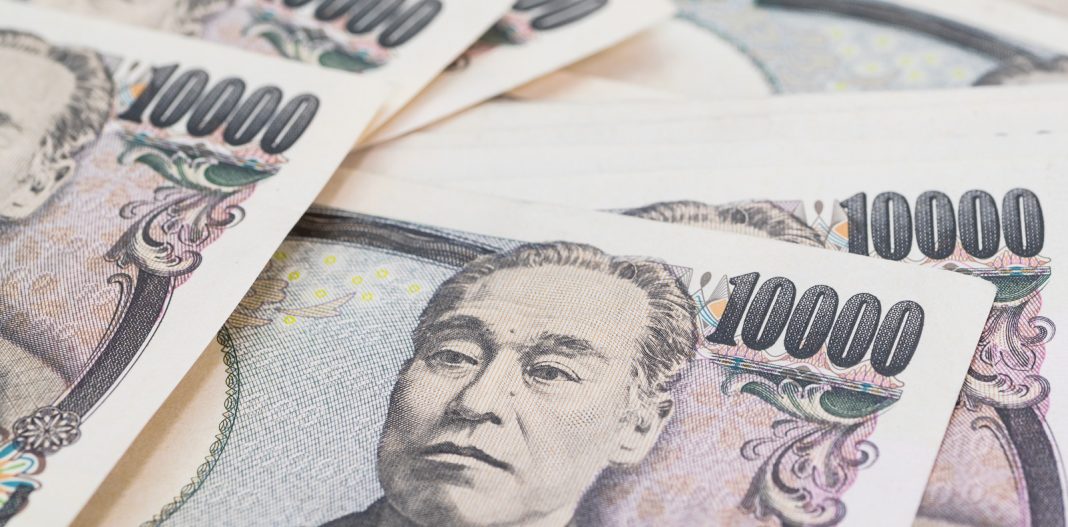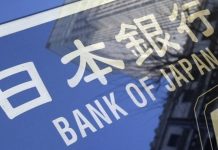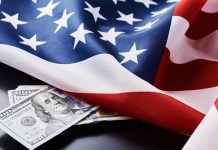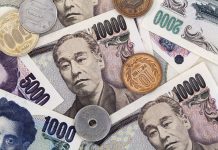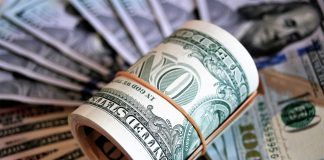As risk aversion prevails in the financial markets, the Japanese yen extends gains for a second week in a row. Further signs of a gridlock in the US-China trade talks added to the negative sentiment on Wednesday. Tensions rose after the US Senate passed legislation to back human rights in Hong Kong. In turn, China foreign ministry said that the bill neglects facts and truths. Obviously, Hong Kong is now becoming another barrier that will make attempts to strike at least a partial deal harder.
Against this backdrop, safe haven demand picked up, sending the yen, franc and gold higher. In general, there is no panic in the markets, and the selling pressure in risky assets looks limited but the sentiment could deteriorate further if the war of words between Washington and Beijing continues. Moreover, December 15 tariffs loom and could really come into effect should the two countries fail to strike a phase one deal by that time.

If the situation over the trade spat deteriorates further, a widespread and fairly aggressive risk aversion may resurface in the global markets, with US major indices will retreat dramatically from the recent all-time highs in this case, as the negative scenario has not been priced in by investors.
As a result, USDJPY could nurse further losses in the medium term and get back below the 100-DMA which now comes around 107.70. for now, as long as the pair remains between the 100- and 200-DMAs, the overall sentiment remains fairly neutral. On the upside, the key moving average comes just below the 109.00 figure which serves as the immediate resistance.
In the near term, the dollar dynamics will depend on the tone of the FOMC meeting minutes due later today. If the central bank points to a slightly better economic picture in the United States, the greenback could receive a short-term boost bit the downside risks stemming from the trade conflict will persist anyway. Moreover, there is a risk that the document will increase the downside pressure on the dollar should the Federal Reserve open the door for further easing after a pause in cutting rates.




















